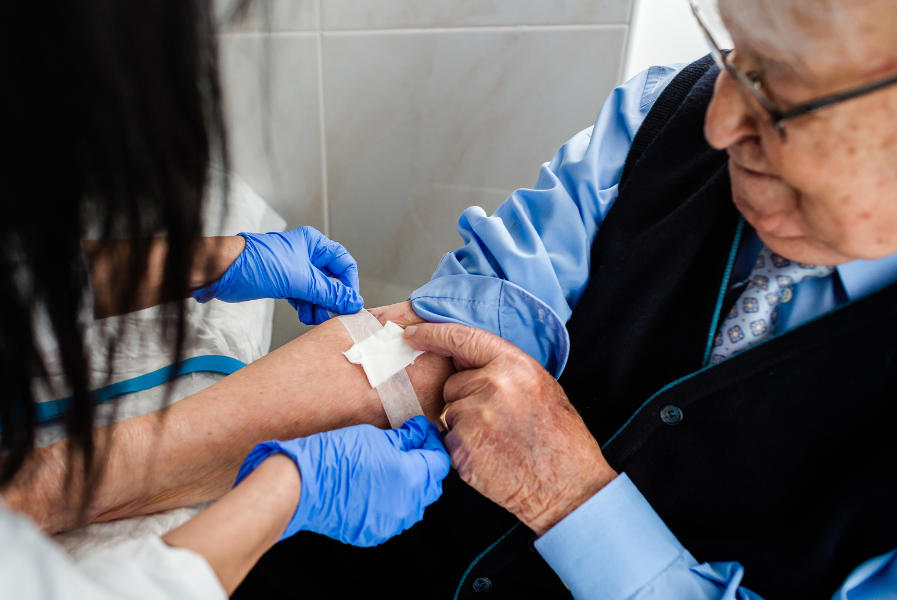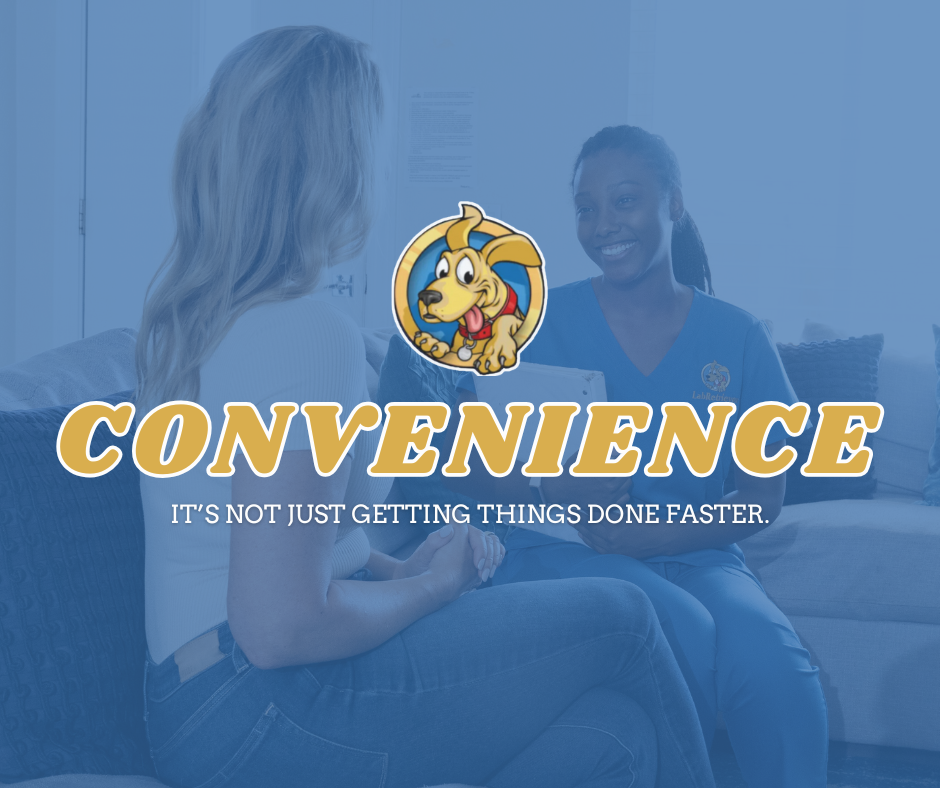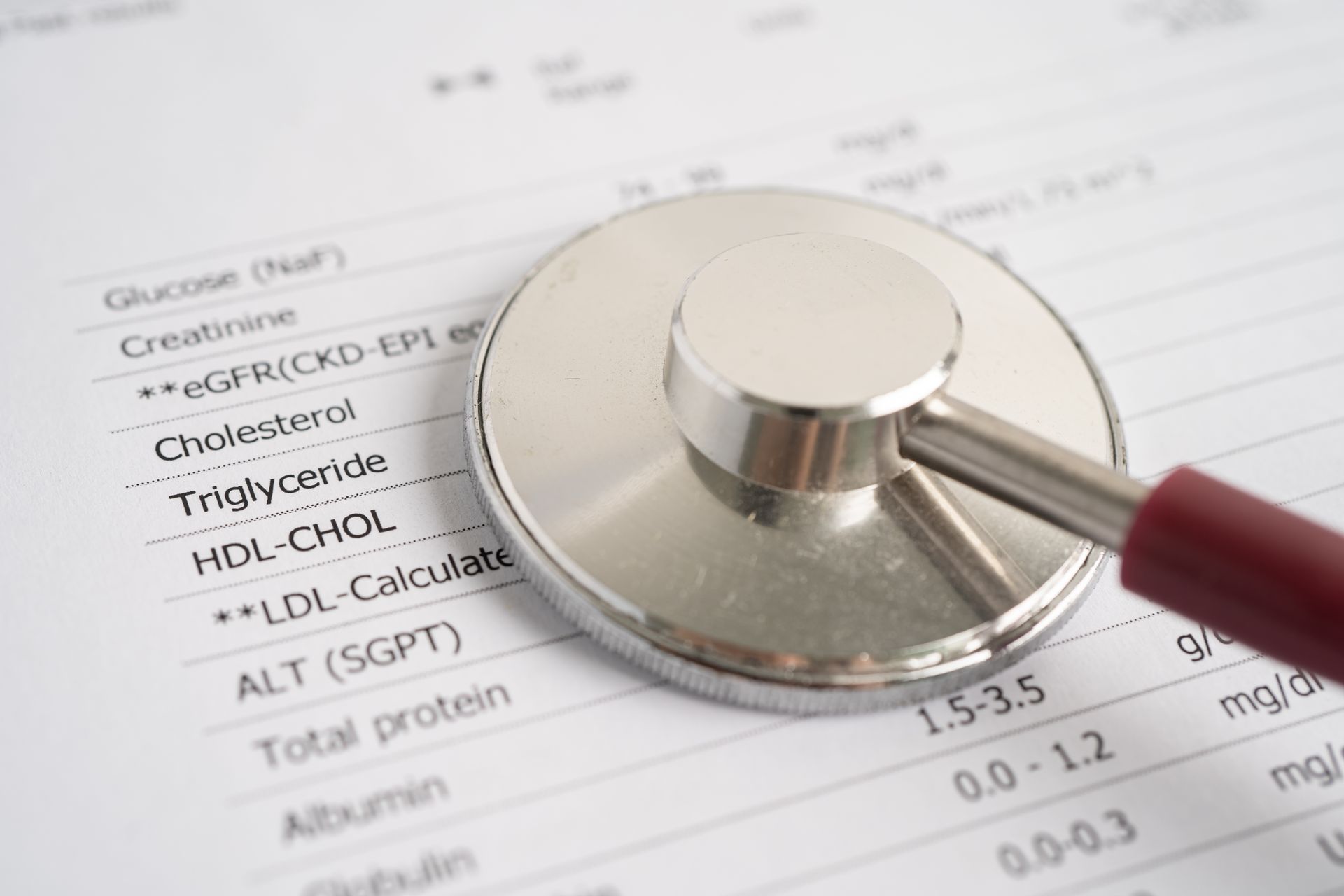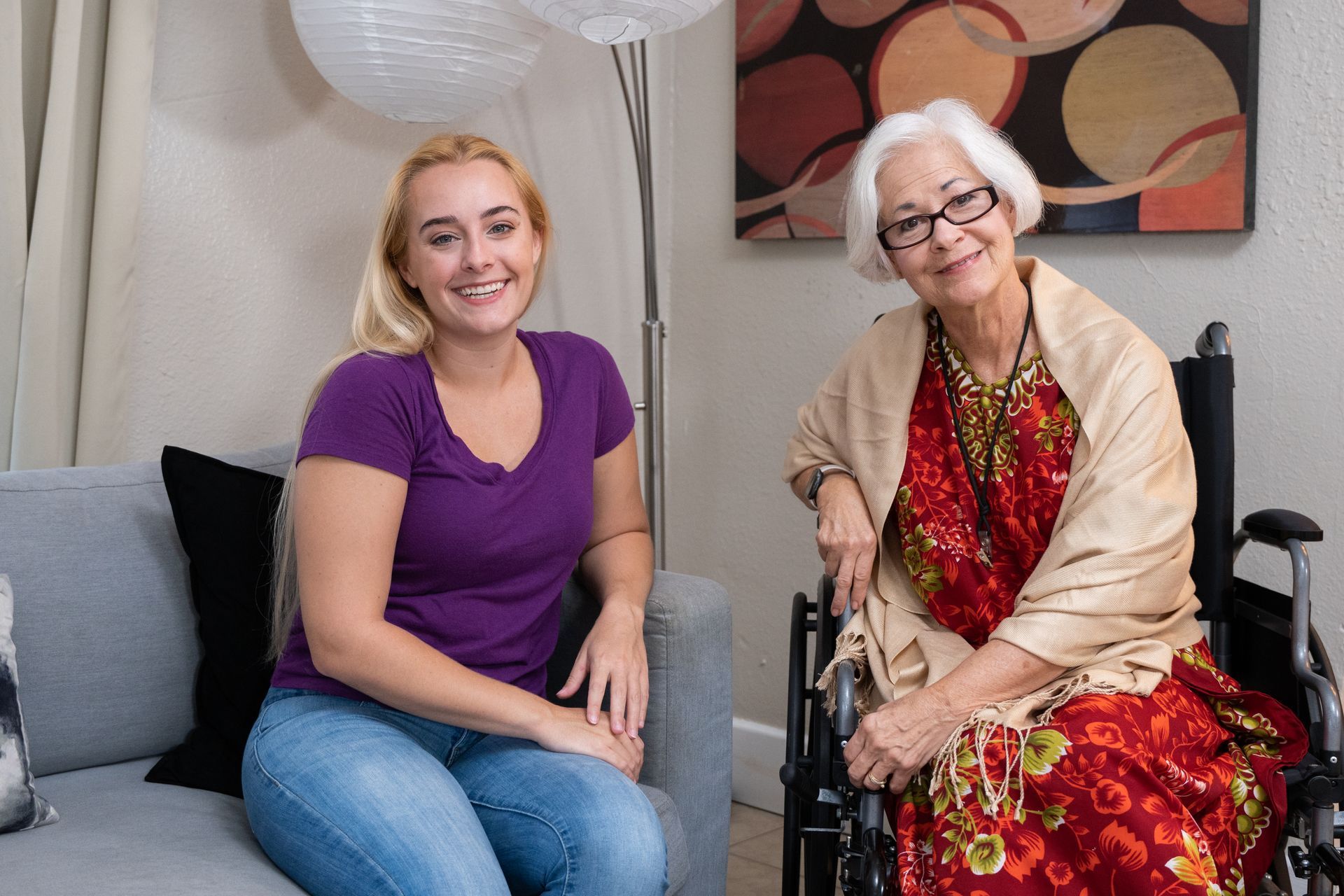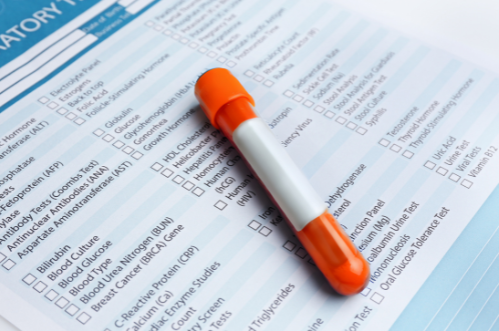5 Types of Patients Who Benefit from Mobile Phlebotomy
Healthcare has traditionally expected patients to come to clinics and hospitals for care. But for many people, making it to a medical facility isn’t easy — or even possible. Luckily, modern healthcare is shifting toward meeting patients where they are, including services that come directly to their homes.
One such service is mobile phlebotomy, where a trained phlebotomist visits patients at home to collect blood samples and perform lab tests. This convenient option removes a major barrier for many people. Here are 5 types of patients who especially benefit from mobile phlebotomy services.
1. People with Needle Anxiety (Needle Phobia)
Did you know that needle phobia (also called trypanophobia) affects about 50% to 60% of children and around 20% to 30% of teens and adults? For about 1 in 10 adults, the fear is so severe that it causes them to avoid essential healthcare like blood tests, vaccinations, and treatments. Unfortunately, traditional healthcare settings often aren’t set up to handle this fear well. Busy clinics are focused on efficiency, not calming nerves. Phlebotomists often don’t receive formal training in managing anxiety, and there’s usually little time for techniques like distraction, numbing creams, or therapeutic conversation.
Mobile phlebotomy changes that. By bringing services into the home, it helps reduce anxiety naturally. Patients can stay relaxed in their own environment, surrounded by family, pets, or comfort items, without the added stress of a clinic setting. There’s also more time for personalized care and rapport-building, making the experience far less intimidating, especially for those with severe needle phobia who have avoided care in the past.¹ ²
2. Children
Let’s be honest, for most kids, getting a needle is scarier than checking under the bed for monsters, making blood draws one of the most stressful parts of pediatric healthcare. What’s more, studies have shown that simple things like introducing oneself, letting the child participate, or allowing a parent to hold them can greatly reduce anxiety.
Yet, in busy hospital or clinic settings, these comfort strategies aren’t always used consistently. In one study, phlebotomists only introduced themselves to young patients about 58% of the time, missing key chances to build trust. Best practices also recommend:
- Letting kids
participate in small decisions (like choosing which arm).
- Comfort positioning (like sitting on a parent’s lap).
- Using smaller needles and gentle methods like finger pricks.
- Applying numbing creams to reduce pain.
Mobile phlebotomy naturally checks many of these boxes. By coming directly to the child’s home, the phlebotomist works in a space where the child already feels safe, surrounded by toys, pets, and loved ones. Parents can hold and comfort their child, and there’s more time to build rapport. It’s a kid-friendly approach that turns a scary experience into a manageable one.³
3. Homebound Patients
For patients who are homebound or have limited mobility, mobile phlebotomy is not just convenient — it’s essential. Without easy access to clinics or labs, these patients often struggle to receive routine care like blood work, which is vital for managing chronic conditions or adjusting medications.
By bringing lab services to the home, mobile phlebotomy helps bridge this healthcare gap. It ensures that patients with physical disabilities, severe illnesses, or mobility challenges still receive the tests and monitoring they need, without the stress or risk of leaving their homes.¹
4. Patients with Unreliable Transportation
Access to reliable transportation is a major factor in maintaining health. Every year, millions of Americans skip medical care because they simply can’t get to the doctor. Whether due to a lack of a vehicle, high costs, or long distances, transportation hurdles lead many patients to delay or forgo care.
Mobile phlebotomy solves this by eliminating the need to travel. By bringing healthcare to the doorstep, it offers an accessible solution for rural patients, seniors, low-income families, and anyone else struggling with transportation. More access means more people getting routine blood work, preventive care, and early detection, leading to better overall health outcomes.¹
5. Patients with Special Needs
Some patients need extra consideration during medical procedures — and mobile phlebotomy offers the flexibility to provide that. For example:
- Autistic individuals may feel overwhelmed by the sights and sounds of a busy clinic.
- Immunocompromised patients may want to avoid exposure to germs in public healthcare settings.
- Patients with
cognitive disabilities or sensory sensitivities may require a calmer, more familiar environment for blood draws.
At-home phlebotomy can adapt to these needs, providing a more personalized, patient-centered experience. Whether it's avoiding overstimulation, limiting exposure to infections, or simply offering extra time and care, mobile services ensure that every patient, regardless of their circumstances, receives quality, compassionate care.¹
Final Thoughts
These five groups are just the beginning. In reality, anyone — from busy parents to professionals with packed schedules — can benefit from the convenience and comfort of mobile phlebotomy. By making routine care more accessible and less stressful, services like these are helping transform how patients experience healthcare.
Sources:
- Getlabs. Use Cases for Mobile Phlebotomy: Who Benefits from At-Home Blood Draws? Available at:https://www.getlabs.com/blog/use-cases-for-mobile-phlebotom
- Addressing Needle Phobia in Phlebotomy: Enhancing Patient Care and Reducing Anxiety. Critical Values. 2025. Available at:https://criticalvalues.org/news/item/2025/02/18/addressing-needle-phobia-in-phlebotomy-enhancing-patient-care-and-reducing-anxiety
- Clinical and Laboratory Standards Institute (CLSI).
Performing Pediatric Phlebotomy. Available at:https://clsi.org/resources/insights/performing-pediatric-phlebotomy/



